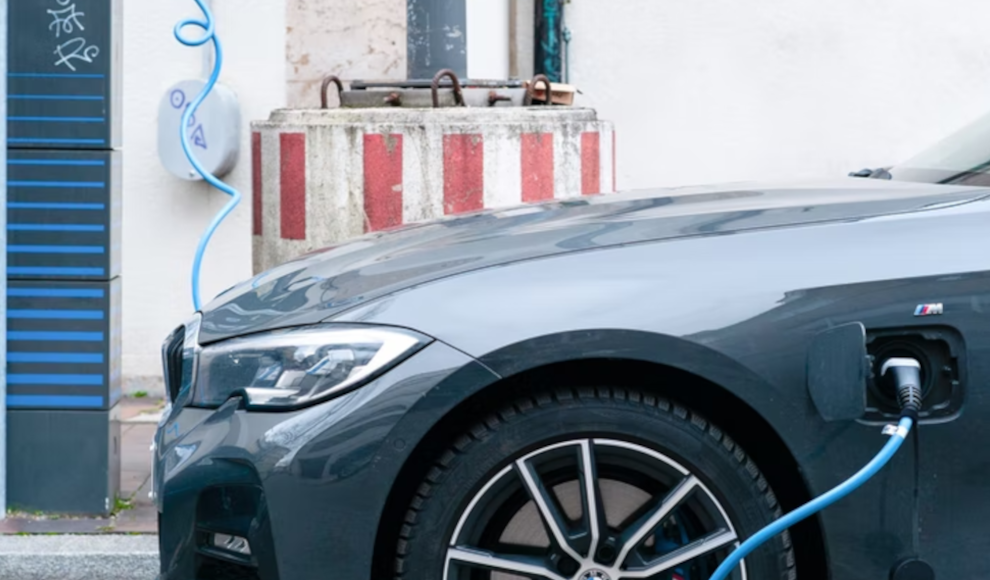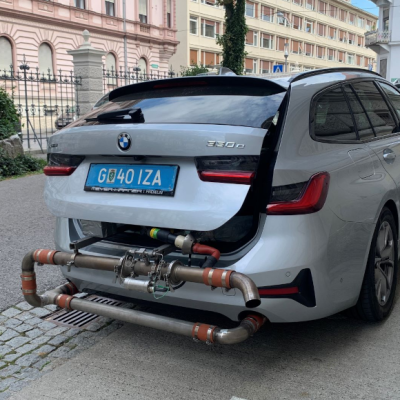A recent study has revealed that the real-world fuel consumption and emissions of plug-in hybrid vehicles are significantly higher than official test results suggest. Plug-in hybrids are designed to reduce CO2 emissions in traffic by allowing partial electric driving, thereby avoiding local emissions. However, before being approved for use, they must undergo a test for fuel consumption and carbon dioxide emissions, similar to conventional combustion engine cars. In light of the diesel scandal, these tests have been adjusted to better reflect real driving situations. Hybrid vehicles are assumed to have a minimum amount of electric driving time, usually around 75%. According to official test procedures, plug-in hybrids consume 1.6 to 1.7 liters of gasoline or diesel per 100 kilometers.
Researchers at the Fraunhofer Institute for Systems and Innovation Research (ISI) have now examined the real-world fuel consumption of plug-in hybrids. They analyzed data from 9,000 plug-in hybrids across Europe, with more than half of the vehicles being newer than 2017. The study found that real-world fuel consumption and emissions of plug-in hybrids were about three times higher than official test results for private owners in Germany and other European countries, and up to five times higher for company cars. Private plug-in hybrids consumed an average of 4.0 to 4.4 liters per 100 kilometers, while company cars consumed 7.6 to 8.4 liters per 100 kilometers. As a result, CO2 emissions were also significantly higher than in the approval tests, with private hybrids emitting 90 to 105 grams of CO2 per kilometer and company cars emitting 175 to 195 grams.
The study suggests that the high discrepancies are due to the fact that many plug-in hybrids are not fully charged, resulting in shorter electric driving times. Private hybrids are driven electrically between 45 and 49% of the time, while company cars are driven electrically between 11 and 15% of the time. The authors of the study argue that the approval tests for plug-in hybrids need to be adjusted to more realistically calculate the proportion of electric driving time.
In conclusion, the study highlights the need for more accurate testing of plug-in hybrids to ensure that they can effectively reduce CO2 emissions in traffic. The results suggest that the current approval tests do not accurately reflect real-world driving conditions, and that adjustments are necessary to ensure that plug-in hybrids can serve as a bridge technology towards pure electric mobility.










